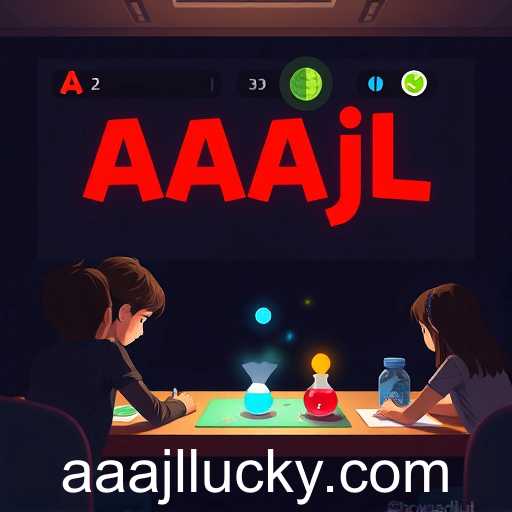This article examines the role and impact of educational games on learning processes, with a focus on the 'aaajl' category. It considers both the design elements that distinguish effective educational games and the potential benefits they offer to students and educators alike.
In recent years, educational games have emerged as a significant trend in both educational technology and game design, offering new opportunities to engage students in the learning process. Among the myriad of categories available, the 'aaajl' category stands out as a remarkable example of how gamification can merge with educational objectives to produce compelling and effective learning experiences.
The term 'educational games' refers to digital or physical games designed with the primary purpose of teaching or reinforcing a particular skill or knowledge base. This genre of games caters to various educational levels, from elementary school to adult learning environments. The 'aaajl' category, although not widely recognized by its keyword, encapsulates a range of games that creatively integrate learning objectives with entertaining game mechanics, thus appealing to both educators and students.
Games within the 'aaajl' category often emphasize critical thinking, problem-solving, and specific educational content areas such as mathematics, language arts, science, or the humanities. These games employ a variety of instructional strategies, such as repetition, exploration, and storytelling, which can lead to enhanced engagement and comprehension. Additionally, the incorporation of adaptive learning technologies within these games can personalize the learning experience, adjusting difficulty levels and types of content based on the player's performance.
The impact of educational games from the 'aaajl' category on learners can be profound. Research suggests that when students engage with well-constructed educational games, they can experience increased motivation, enhanced knowledge retention, and improved academic performance. Moreover, such games often encourage collaborative learning by promoting communication and teamwork among players. This ability to engage learners in a social learning context can further enrich the educational experience, making it more interactive and enjoyable.
For educators, the integration of educational games into the curriculum presents several advantages. These games can serve as supplementary tools that aid in explaining complex concepts, providing a practical context that can sometimes be absent in traditional teaching methods. Furthermore, the analytics and feedback mechanisms embedded in many educational games allow teachers to monitor students' progress and identify areas of difficulty, enabling more targeted and effective teaching interventions.
In conclusion, the 'aaajl' category of educational games embodies the potential of gamification to transform learning processes. As technology advances and educational methodologies evolve, it is anticipated that educational games will play an increasingly central role in the educational landscape. By fostering engagement and enhancing learning outcomes, these games prove to be invaluable assets in both formal and informal education settings.




